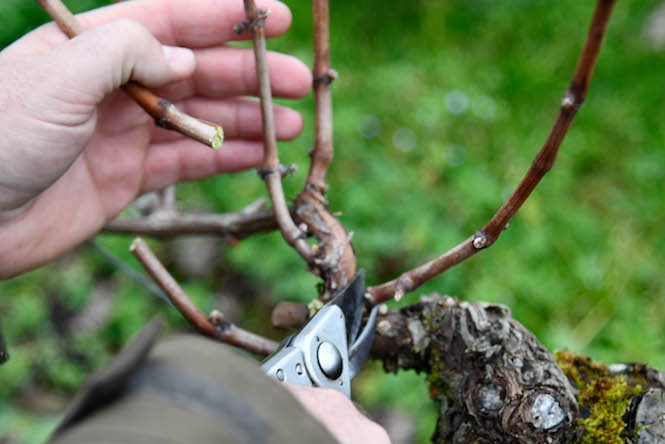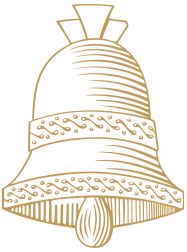
PRUNING
In the ongoing search for greater precision, Angélus regularly enhances the quality of its work in the vineyard. We spoke to you last spring about the implementation of TED, the over-the-row tractor robot, and then in the summer of the usefulness of seeds sown in the vineyard. For this winter, the focus is on pruning work.
The first aim of pruning is to guide the growth of the vine plant and to balance the spread of the future grape bunches in readiness for the harvest. It is also, and very importantly, one of the first prophylactic measures (prevention of diseases) of the year, which makes it a complex and delicate task.
Beyond these specific requirements, our teams place special importance on managing the flow of the sap within the vine plant. The aim is to maintain the productivity potential of the present vine cycle while preparing the vine for next year’s vine cycle. After the vegetal material has lignified after the harvest, it leaves numerous wooden shoots that we call “sarments”. At Angélus we prune the vines using the Double Guyot system, in which only two canes and two spurs per vine are kept, enabling grape production on the one hand and ensuring the long-term future of the vine on the other. A “sarment” that is selected for bearing fruit is called a cane (une latte).
In concrete terms and in pictures, our vineyard manager, François Lézian, picks out two canes for fruit bearing. These will produce the future bunches. He then selects on each of them a certain number of buds corresponding to the desired crop yield and discards the other non-qualitative elements, such as dead shoots, other canes or suckers. François then selects close to the base of the vine two spurs (short shoots) that are well-centred and aligned with the row. In doing this, he prepares the vine for the next year, carefully preserving the right space between one vine and those adjacent to it and enabling an optimal spread of the bunches for the present crop.
These multiple tasks are an integral part of a global organic approach aiming to sustain the vineyard of Angélus over the long-term and ensuring the high quality of its wines.
Pruning lesson with Château Angélus vineyard manager François Lézian

